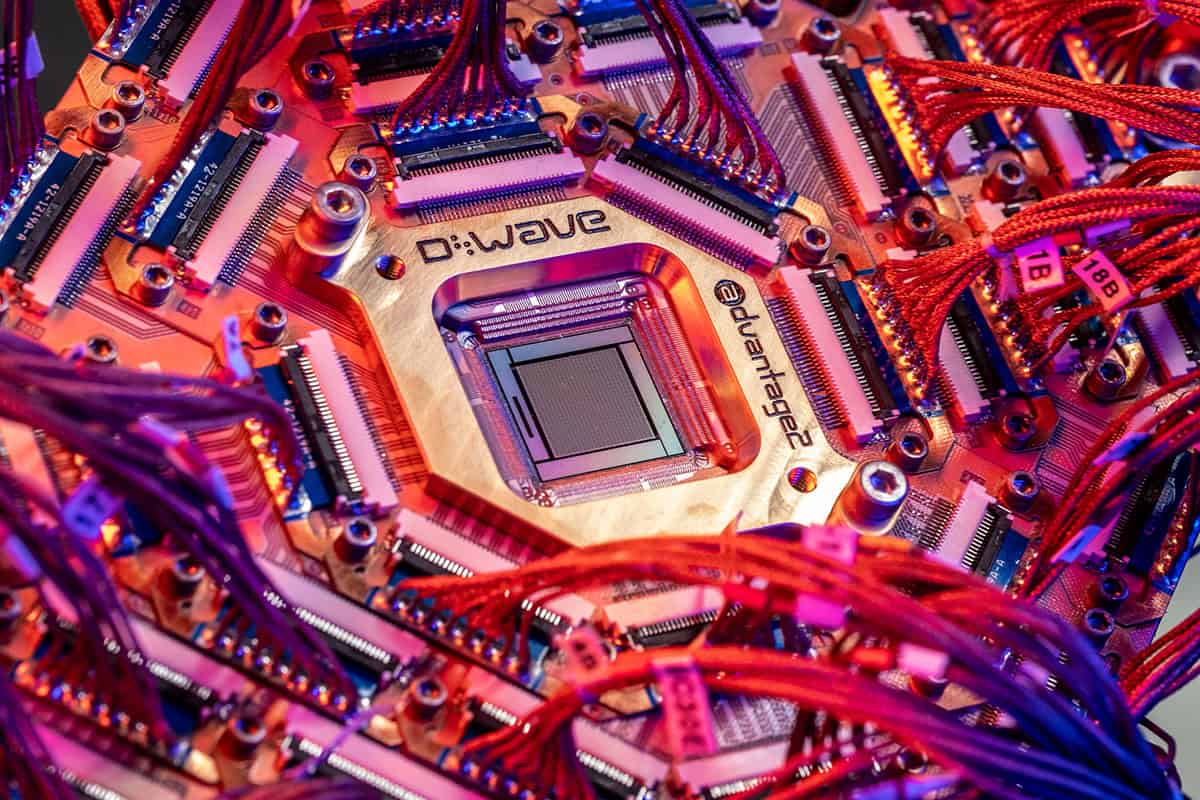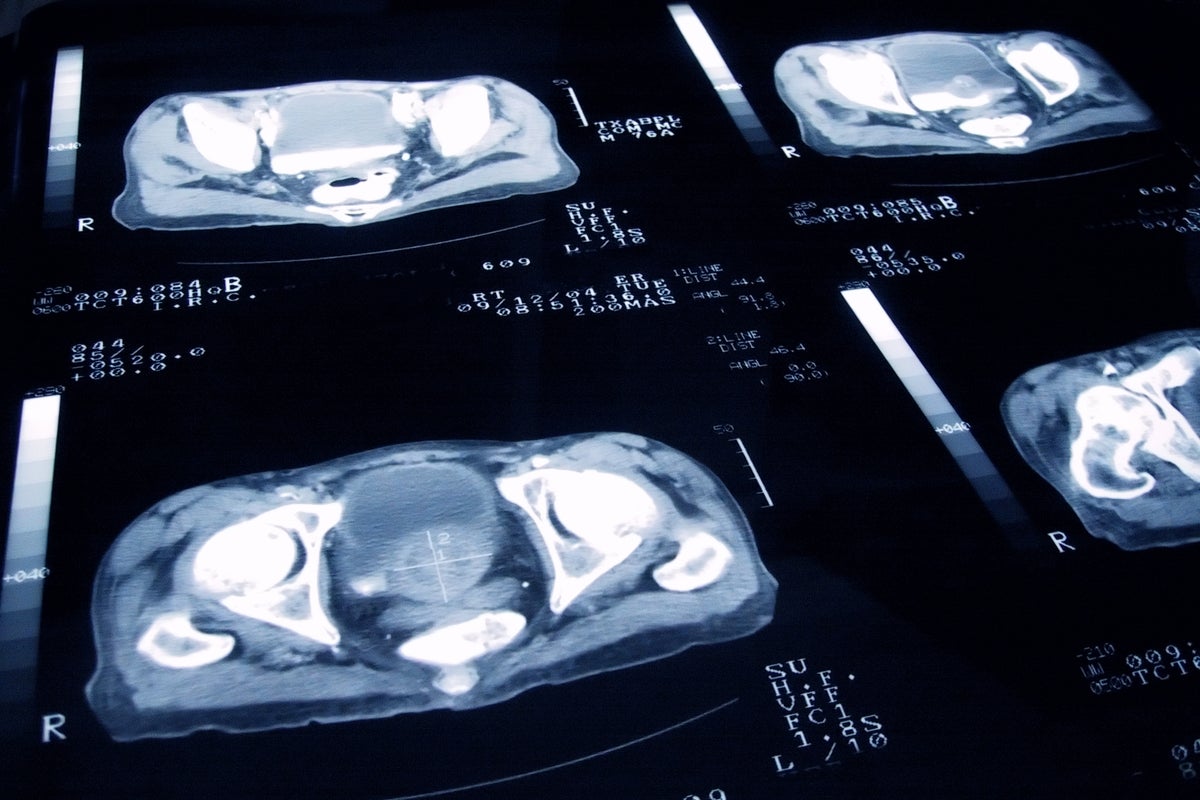Quantum computing stands at a pivotal moment as it approaches its centenary in 2025, marking the first 100 years of quantum mechanics. This milestone coincides with the International Year of Quantum Science and Technology (IYQ), generating considerable interest and discussion about the future of quantum technology. Despite the buzz surrounding quantum computers, many professionals remain uncertain about their practical applications and the timeline for their widespread use.
Honor Powrie, a physicist-turned-engineer in the aerospace sector, shares her perspective on this emerging technology. The anticipation surrounding quantum computing is palpable, with some individuals predicting its integration into everyday life in the next two years, while others express skepticism, estimating that it may take a lifetime or may never occur. This diverse range of expectations highlights the uncertainty surrounding the development and deployment of quantum technologies.
At the core of quantum computing are several key principles, including superposition, entanglement, and quantum interference. Superposition allows a quantum bit, or qubit, to exist in multiple states simultaneously, represented by a probabilistic wave function. In contrast, classical computers rely on binary bits that can only be either 0 or 1. Entanglement enables qubits to be coordinated, allowing them to share quantum information across a highly correlated system. This interconnectedness allows quantum computers to explore numerous paths at once, potentially solving specific problems exponentially faster than classical computers.
Quantum interference further enhances the capabilities of quantum computing. The wave-like behavior of qubits means that when different probability amplitudes align, they can constructively combine to increase the chances of finding the correct solution. Conversely, when amplitudes are out of phase, incorrect answers become more likely. This mechanism is crucial for quantum algorithms, as it amplifies the probability of accurate results while suppressing errors, making computations more efficient.
Despite the promise of quantum computing, practical implementation remains a challenge. Significant technological hurdles must be overcome before these systems can be fully realized. Quantum computers are not expected to replace classical computers but will serve distinct purposes. The very properties that give quantum computing its potential—superposition, entanglement, and interference—also present challenges. Qubits are highly sensitive to their environments and can easily lose their quantum state, a phenomenon known as decoherence. This makes quantum computers prone to errors and necessitates specialized, often cryogenically controlled environments to maintain accurate computations.
Building a quantum system with numerous interconnected qubits is both complex and costly. Achieving fault-tolerant quantum hardware and developing robust error-correction techniques are vital for reliable quantum computations. Additionally, the development of software and algorithms tailored to quantum systems is still in its infancy. Quantum algorithms require fundamentally different programming approaches compared to classical systems, adding further complexity to the realization of practical quantum computing.
Despite these challenges, there have been notable advancements. For instance, the Canadian company D-Wave announced in early 2023 that it achieved simulations of quantum magnetic phase transitions that classical computers could not perform. If verified, this would signify a significant step towards achieving “quantum advantage” in practical physics problems.
The future of quantum computing may resemble the landscape of classical supercomputers in the 1980s, which were massive, inaccessible machines owned by large corporations and government entities. Initially, quantum computers will likely find their niche in specific, demanding computational tasks, such as drug discovery, materials science, financial modeling, and complex optimization problems. While classical computers will continue to handle everyday tasks like web browsing and data management, they will also play a crucial role in data preparation, visualization, and error correction for quantum systems.
Additionally, quantum computing poses potential risks to cybersecurity. The technology could undermine existing encryption methods, particularly public-key cryptography. Concerns are growing that cybercriminals may be storing stolen data in anticipation of future quantum decryption capabilities.
The timeline for quantum computing’s mainstream adoption remains uncertain, with varying opinions reflecting the complexity of the technology. As the International Year of Quantum Science and Technology concludes, the future for quantum computers appears promising, with ongoing research and development likely leading to breakthroughs that could revolutionize computing.







